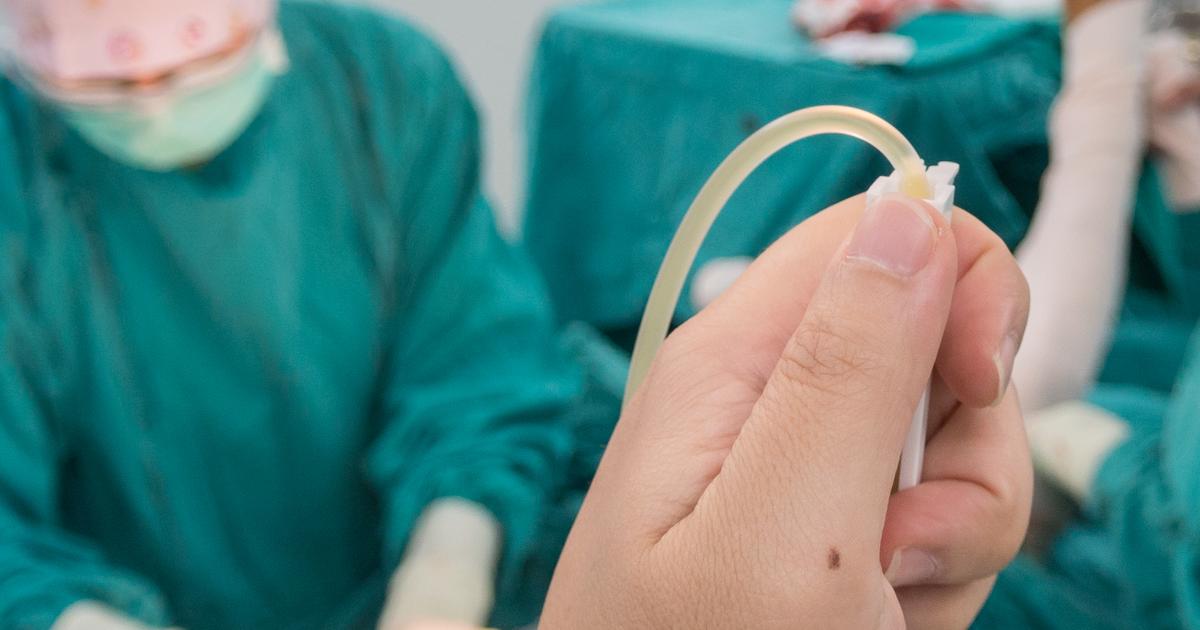Guide To Making A Bone Marrow Donation
How The Procedure Works

During peripheral blood stem cell collection, a needle is placed in each of the patient's arms. The needles are connected to tubes. The first tube removes blood from the patient and transports it into a machine that separates different types of blood-forming cells. After passing through the machine, the blood is returned to the patient through the second tube. The entire process takes around three hours, and donors may need to return on a second day to repeat the procedure. Patients may feel some discomfort while needles are placed. Headaches and bone tenderness are other potential side effects.
Individuals who are donating bone marrow through a bone marrow harvest will have an operation under general anesthesia. During the operation, doctors will use needles to withdraw liquid marrow from the back of the patient's pelvic bone. Donors are normally able to go home on the same day. Patients may experience headaches, nausea, and fatigue due to the anesthesia. Temporary bruising and soreness in the lower back are also common.
Discover what recovery from a donation looks like next.
What Recovery Looks Like

Every patient's recovery will look slightly different depending on overall health at the time of donation and the particular donation method used. Generally, patients recovering from a peripheral blood stem cell collection donation can expect to return to work, school, and daily activities within one to seven days. Individuals who have donated through a bone marrow harvest have a median recovery period of twenty days, and seventy percent of these patients fully recover within thirty days of the procedure. Ninety-seven percent of bone marrow harvest donors are fully recovered within 180 days.
During the recovery period, patients are followed closely by the team that carried out the donation and the team at the national donor registry. Donors should let their team know about any pain or issues with returning to regular activities.
Uncover information on the risks and side effects linked to bone marrow donation next.
